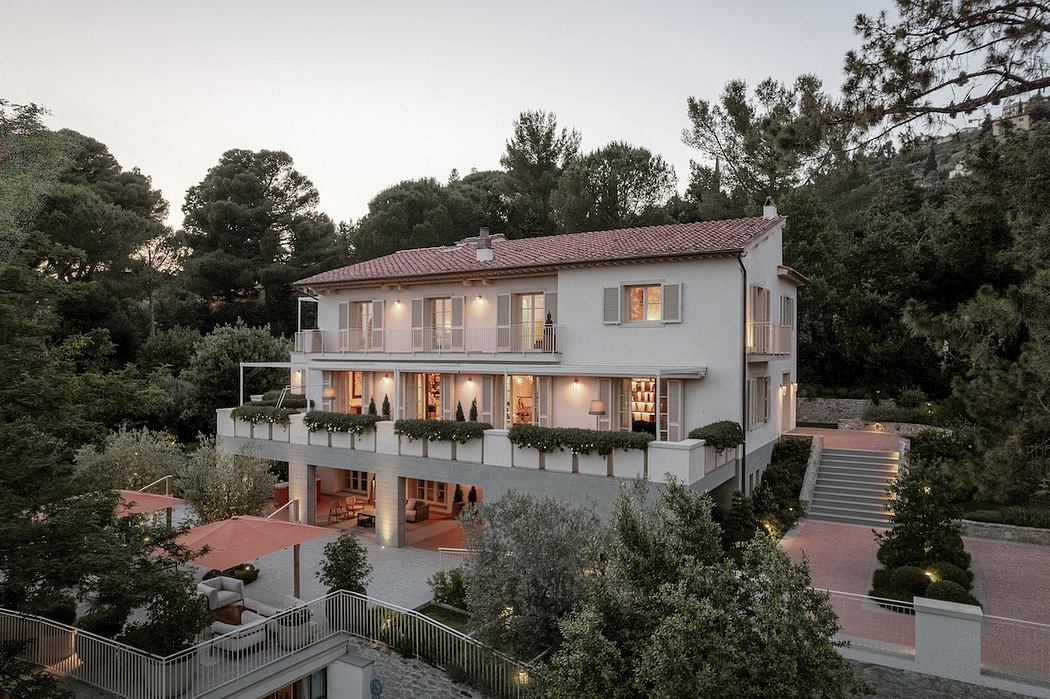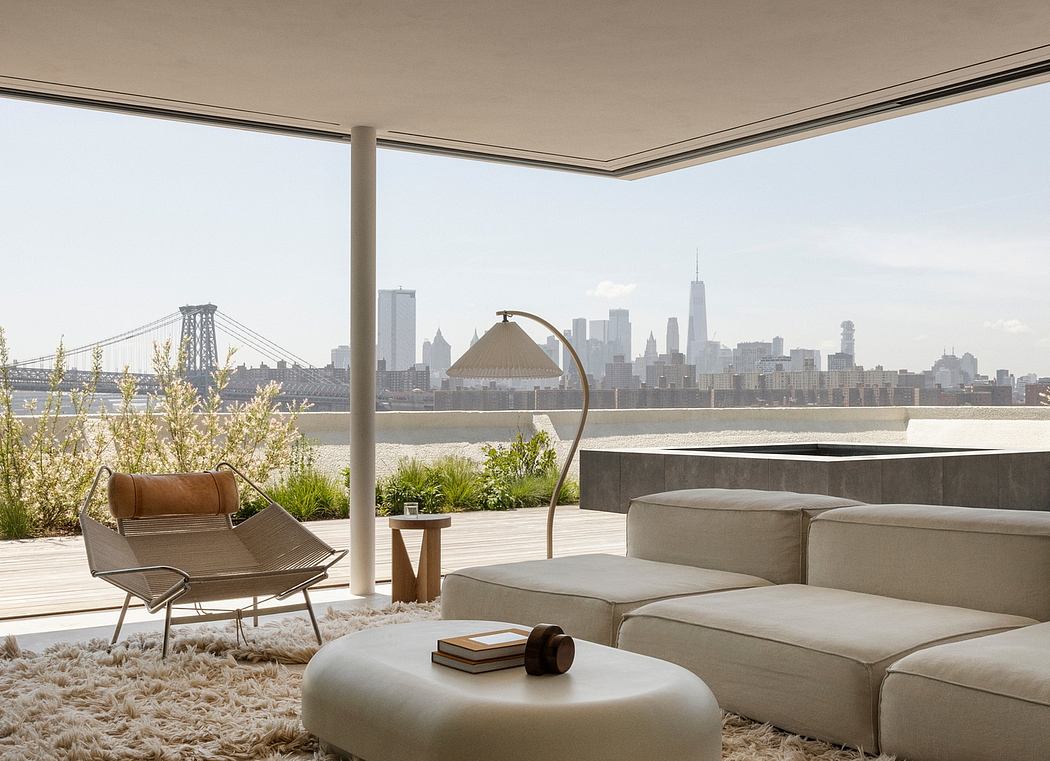CAN WE GET TO ZERO"

BY STEVE AUSTIN, ASLA
Landscape architecture can mitigate carbon emissions, but it is also implicated among the causes.
FROM THE JUNE 2017 ISSUE OF LANDSCAPE ARCHITECTURE MAGAZINE.
The Paris Agreement on climate change, created by the consensus of 197 nations, went into effect in November 2016 and has enormous implications for the practice of landscape architecture. If adhered to by its signatories, the agreement signals the end of the fossil fuel era by midcentury, well within the life spans of many landscape architects currently practicing. Though it may seem wonderfully ?green,? this energy transition poses profound questions for the practice of landscape architecture at a time when the discipline is needed more than ever.
The Paris Agreement foretells a civilization powered nearly exclusively by renewably generated electricity, not fossil-fueled fire, like today. This will impose severe limits on landscape architecture?s materials, construction methods, and professional mobility. The agreement also portends a society with much less energy overall, as fossil fuels currently make up more than 80 percent of total energy consumed and cannot be easily replaced. These stark realities will challenge landscape architects to adapt to the impending zero-carbon future. Last year set the record for the hottest year in measured history, breaking 2015?s record, which itself broke 2014?s. The earth is rapidly warming owing to the use of fossil fuels, which spew huge amounts of carbon ...
_MFUENTENOTICIAS
landscapearchitecturemagazine
_MURLDELAFUENTE
http://landscapearchitecturemagazine.org/
| -------------------------------- |
| BIG and Fiberline reveal manufacturing process behind Bjarke Ingels' Serpentine Gallery Pavilion |
|
|
Villa M by Pierattelli Architetture Modernizes 1950s Florence Estate
31-10-2024 07:22 - (
Architecture )
Kent Avenue Penthouse Merges Industrial and Minimalist Styles
31-10-2024 07:22 - (
Architecture )






